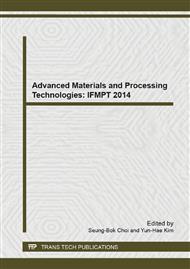p.306
p.312
p.316
p.320
p.327
p.333
p.337
p.344
p.348
Density Functional Calculations on the Alkaline Hydrolysis of Phosphate Triesters
Abstract:
We have performed density functional theory calculations on the alkaline hydrolysis of diethyl p-chlorophenyl phosphate and triethyl phosphate in the gas phase and in solution. It is found that the two hydrolysis reactions proceed through associative mechanism. The second step of hydrolysis reaction has a very low energy barrier fro diethyl p-chlorophenyl phosphate. For triethyl phosphate, the free energy barrier for the second step is higher both in the gas phase and in solution, indication the second step is the rate-determining step. The free energies of all stationary points and the free energy barrier for all the processes in solution are higher than those in the gas phase. Our calculations provide a comprehensive data set and allow re-interpretation of previous experimental and theoretical studies, and new experiment is proposed to trace reactions both in the gas phase and in solution.
Info:
Periodical:
Pages:
327-332
Citation:
Online since:
February 2014
Authors:
Keywords:
Price:
Сopyright:
© 2014 Trans Tech Publications Ltd. All Rights Reserved
Share:
Citation:


